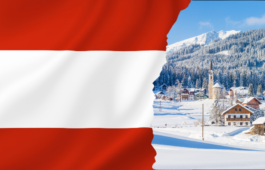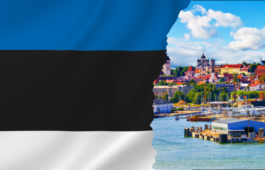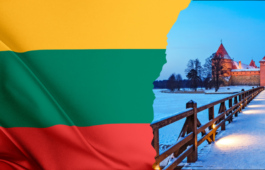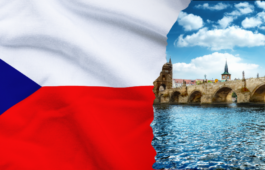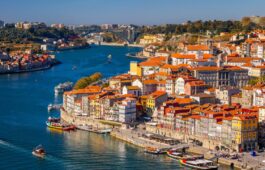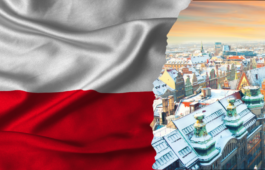- 21 January 2017
- The Migration Bureau
- No Comments
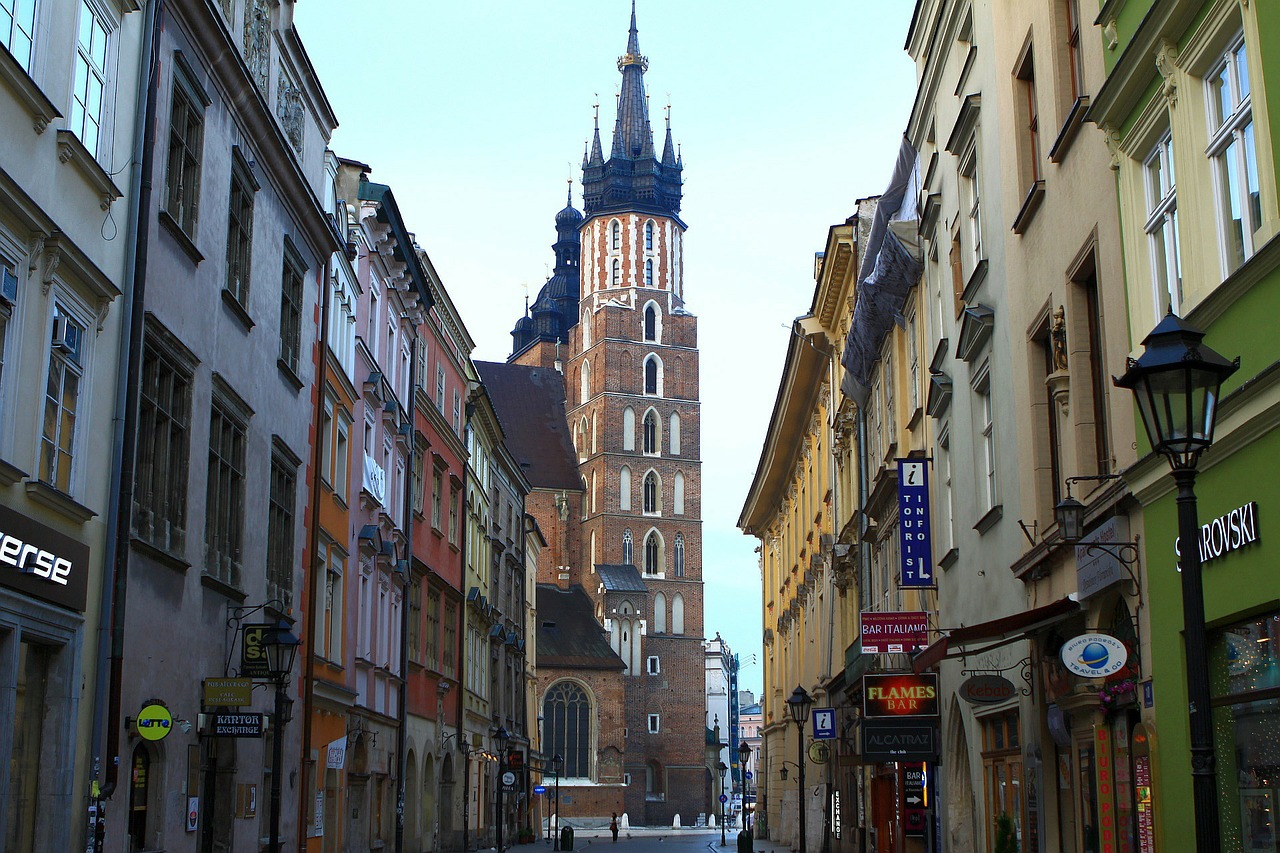
Poland Travel Guide
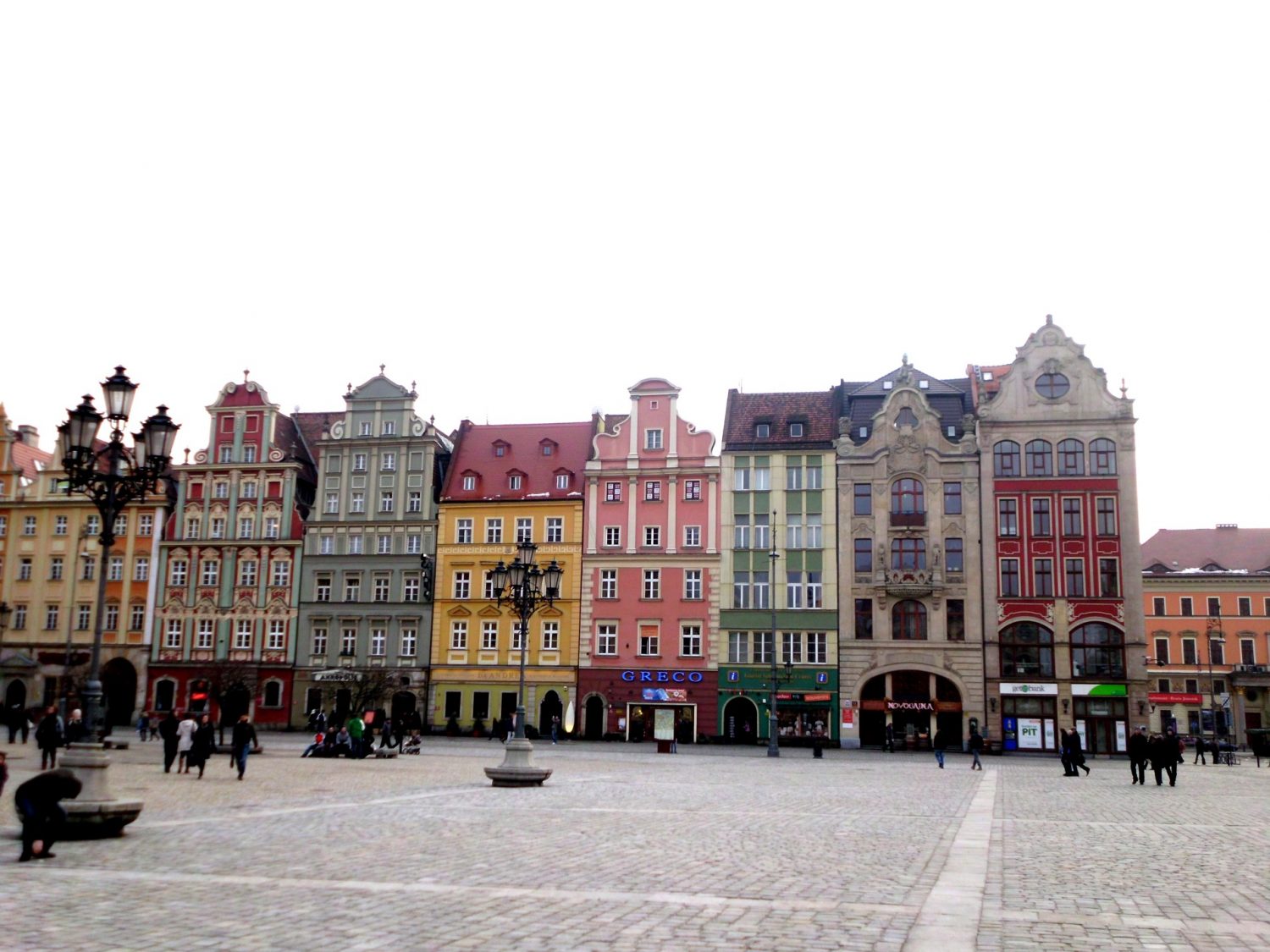
Poland, with its amusing history and fourteen UNESCO World Heritage Sites, it’s definitely a place to visit. One can expect to be overwhelmed with the amount of museums and information to learn about war torn Krakow and Warsaw. Even more impressive about Poland is the cultural resurgence in the younger generation, from new trendy restaurants to raging nightlife – you won’t be disappointed. Because the country is still finding itself and developing its personality.
Typical Costs
Hostel prices – Hostel dorms average around 15-60 PLN, while private rooms cost 75-150 PLN, although this price varies by city. City center hostels are surprisingly some of the most affordable.
Budget hotel prices – Budget hotels range from 125-580 PLN for a room with either single or double occupancy.
Food – While almost everything in Poland is incredibly affordable, the eat with the locals at a milk bar (bar mleczny) for the best value. These communist leftovers originated as an affordable way to push nutrition on residents and are a staple of Polish tradition, serving cheap traditional fare in a cafeteria style atmosphere for under 25 PLN. Today, there has been a resurgence in their popularity, with some boasting a trendy, hipster vibe, and great food. If you’re looking for fast food, pizza calzones or burgers are no more than 20 PLN. A more mid-range meal in a restaurant will cost about 58 PLN if you plan on drinking.
Transportation – Poland is serviced by an incredibly affordable train system that will take you back to a simpler time with some of the train cars appearing as though they jumped out of the 50’s. A three-hour ride from Krakow to Warsaw will cost around 150 PLN. Road infrastructure between cities is less developed, but it’s also possible to take inter-city buses. As for local buses, a single-fare ticket in the central zone will average 4 PLN, but the main source of public transportation is the tram that has operated since the 1800’s. Hop on with a ticket bought at newsstands for less than 4 PLN. Major cities offer one-day tickets for 20 PLN. In general, taxis start at around 7.50 PLN and are incredibly affordable to get around town quickly.
Activities – Sights and activities vary in price, but you can expect to pay 7-22 PLN for smaller sites and museums, and closer to 38 PLN for major sites. Auschwitz is free to enter, but if you’re coming in a group, you’ll need to hire a guide (and will also have a much better experience). For individual visitors, a guide costs around 40 PLN.
Money Saving Tips
Eat at Milk Bars – You’ll get a taste of Poland at a Bar Mleczny (Milk Bar) – hearty pierogies, homemade soups, plenty of meat and a local beer makes a great meal for under 38 PLN. Expect no-frills and cafeteria-style where you order from a counter, but it’s a great way to save money and take in the scene.
Check out a Tourist Card – Certain cities, like Krakow, offer tourist cards which give unlimited access to public transportation (normally for one or three days), and free or discounted access to museums. If you’re spending time in the city, and hitting the sights included, it might be worth it.
Make reservations online – Planning in advance for museum entries, guided tours, and hostels can really help you make the most of your time in Poland. With an incredible amount of deep rooted history to explore, hiring a guide to hit the major sites is worth your time and money. Many companies offer several options to bundle your sightseeing and save some cash. See Krakow is a good company to check out while in Krakow.
Watch your drinking – Poland is one of the cheapest destinations in Europe, especially if you stick to an everyday routine. However, cities like Krakow are known for their partying, and big pub crawls and long nights out are the norm. These can add up quickly, so watch how much you drink, and start off grabbing your favorites from a grocery store first whenever possible.
Top Things to See and Do in Poland
Be humbled at the Auschwitz/Birkenau Concentration Camp – Located outside of Krakow, Auschwitz is the site of a former concentration death camp, which was used by the Nazis during World War II in a plot to exterminate the European Jews. The site has been preserved as a museum and is open to the public. Admission is free, but the experience is much more meaningful with a guided tour. Expect an English speaking guide to cost around 40 PLN and take a good chunk of your day, with the tour lasting about 4 hours and 1 hour for transfer each way from Krakow. This also includes a visit to the Birkeneau camp across the street.
Tour the Wieliczka Salt Mine – This mine was first used in the Middle Ages as one of Krakow’s main industries, producing table salt continuously until 2007. Today, it is no longer in use and is a recognized UNESCO site for tourists to visit and marvel over the cavernous chambers, statues, chapels, chandeliers, and cathedrals, all carved out of salt by the miners!
Explore Wroclaw – Wroclaw, the former capital of Silesia, is one of Poland’s less-known destinations, but it can definitely compete when it comes to amazing architecture. Centennial Hall is a prime example of the fascinating buildings preserved there.
Wander through Bialowieza National Park – This national park on the Belarus border is a World Heritage site, as it contains the last remains of the primeval forest that once covered most of Europe. It’s also the only place where European Bisons still live in the wild.
See the Raclawice Panorama – This is a cycloramic painting that depicts the Battle of Raclawice, which took place during the Kosciuszko Uprising in the 1790s. The painting was created one century after the battle.
Visit the Churches of Peace – These are the biggest timber-framed churches in Europe, and are located in Jawor and Swidnica. They were built in the mid-17th century as the first Lutheran churches constructed in Roman Catholic Poland. These are also another feature on the UNESCO World Heritage Sites list.
Tour the Szczecin underground tunnels – These concrete tunnels lie beneath the city of Szczecin and were designated as a bomb shelter in the 1940s, and then used as a fallout shelter thereafter. Tours follow either a WWII or a Cold War theme.
Visit a national park – Although national parks only cover 1% of the country’s territory, there are 23 that you can visit within Poland. I’ve already mentioned Bialowieza, but this is only the beginning. Ojcowski National Park is a very small (12 km) park, but it is filled with stunning caves and castles. In contrast, Slowinski, Biebrzanski, Narwianski, and Poleski parks are known for great birdwatching.
Climb up to Wawel Castle – This site in Krakow may be one of the finest examples of a medieval castle and possibly the most historically important site in Poland. Presently, it serves as a tourist attraction that is free to enter, with an art museum inside that preserves medieval tapestries, the former Polish crown jewels, and Ottoman empire treasures.
Visit the Wooden Churches of Southern Lesser Poland – These churches are listed by UNESCO as World Heritage sites and consist of six Roman Catholic churches that reflect the periods of religious architecture in Poland: from Medieval, to Gothic, Rococo, Baroque, as well as the occasional onion dome or Greek cross.
Explore Warsaw – Warsaw is a city that’s seen its share of tough history. Explore the old and new towns, and focus your visit on the city’s museums where you can learn about the heroic struggles of the Warsaw Uprising.
Visit the Jewish Districts – Prior to the second World War, Poland had the largest Jewish population in Europe. Many of these Jews lived in collective areas known as ghetto, the existence of which was enforced during the war. Krakow is one of the cities that offers tours of the old local Jewish district that provide a look at an important aspect of Poland’s social, political, and ethnic history. Don’t forget to head here when the sun goes down as well for great traditional Jewish fare and a revitalized night life.
Stroll through Gdansk – Formerly known as Danzig, Gdansk is a beautiful old city with a delicate past. Much of the city had to be rebuilt after the war, but you can still find plenty of history here. As it’s located in the north along the Baltic sea, it’s a good jumping-off point for further exploring.
Admire Kalwaria Zebrzydowska – Yet another UNESCO site, this is a monastery and important pilgrimage site. It dates back to the 17th century and is still in excellent condition, representing the Mannerist architectural style.
Head to Lublin – Lublin is eastern Poland’s main city and was an important trading and military centre during the Middle Ages. Lublin developed its own architectural style which has become known as the Lublin renaissance. Visit the castle, the monastery, and the old city gates.


